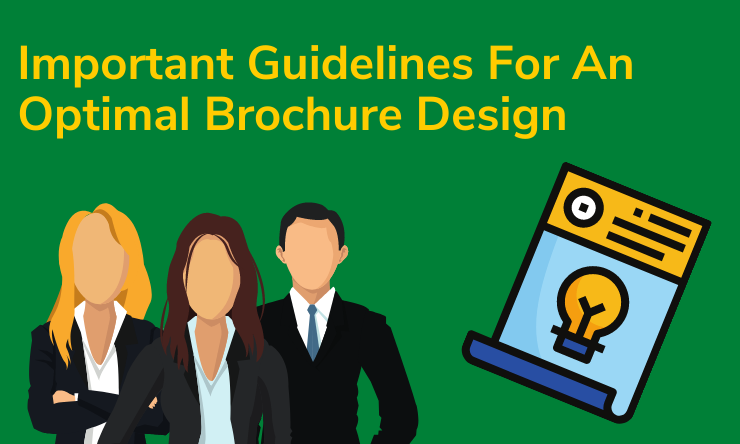What is box packaging?
Box packaging is also known as carton packaging. The packaging is a traditional box that holds the product in it. Most types of products have box packaging. For example products like electronics, cosmetics, toys and many more have box packaging. Businesses have used box packaging for decades. It is protective and keeps the product safe and prevents damage in most cases. However, with rising competition and the desire for businesses to excel in visual aesthetics to attract buyers has led to experimenting with this type of packaging.
It is no more just a simple carton. Intricate details and artworks are being added to make this type of packaging interesting. It is being turned into a piece of artwork. However, with experimentation comes the risk of mistakes and complications. Let’s analyse of the most common issues with box packaging
Issues with box packaging
Preparing artwork for box packaging can be a multilayered process. The development requires skills and patience. A lot of issues can arise with box packaging and before we figure out how to handle or avoid these issues it is important to know the most common issues that arise with box packaging. Without knowing and understanding the actual issues it is not possible to easily comprehend the solutions.
The issues of box packaging can arise in many different areas. The areas may include the orientation of artwork and fonts. It can also include resolution, bleeds and space. A lot of the time teams forget to upturn the cutter die line. Using images that are of low resolution can also cause major issues. Producing and developing the artwork in the RGB environment can also cause issues. Using fonts that are too small or too big can also cause trouble. This happens when fonts are not outlined. Not proofreading the print and forgetting to maintain a safe margin are also some common issues that arise with box packaging.
Ways to minimize issues while preparing artwork for box packaging
Now that you know some of the most common issues with box packaging let us discuss ways in which you can reduce the risk of these issues rising and hindering your business.
It is important to finalize the specification for your artwork
Do not wait to have the complete specifications of your artwork. Do not wait till you get till the artwork stage. Make sure to get the exact measurements of dimensions size from the buyer. Do it right at the beginning. Also include correct and exact information about the material that you will use and the printing and coating. Having this set of information will prevent you from having any issues while creating the artwork and provide proper planning. Take the appropriate amount of time to plan and prepare the artwork before you actually start preparing it. Online proofing system enables businesses to fast track the input and approval workflows for packaging artwork. Additionally, with access to online markup tools, businesses can also improve the quality of their creative output without sacrificing time.
Arrange the Dieline
The Dieline is the primary outline where you will place your artwork. It is extremely important for box packaging artwork. It is essential to prepare it as exactly demanded by the customer. The template for the dieline that is to be used should be exactly as requested by your customer. It can also be created by an artist but in that aspect a lot of attention should be given to details. Some important details that should be focused on while creating a Dieline from scratch would be the cutting, crease and bleed lines.
Use CMYK over RGB
A lot of times colors may differ from the screen when artwork is being uploaded onto the Dieline which leads to disappointed customers. This happens mostly when trying to print with RGB. The color effects can be significant. Using the CMYK color space can help minimize this issue since it is the right color mode for printing.
The final product should be prototyped
After the final design is created it is necessary to inspect its various aspects. This is prototyping and it should be done before the ultimate production gets going. It helps to manifest a perfect packaging since prototyping can check all parts of the design, such as dimensions and structure. This also helps to identify any kind of final alterations that need to be made. The final color can also be checked with prototyping. It helps you to scan the package and make final tweaks for the most superb package look.
A detailed approval procedure
An efficient approval process is helpful to check the quality of the package and artwork. An approval process also becomes extremely important when the chance for prototyping is not available. It helps to reduce issues during the whole development of the project. Multiple cycles and procedures at different stages of development and creation reduce issues and save time.
Conclusion
There are many other small checks and methods that businesses and artists use to minimize issues with their artwork. It is therefore important to set up plans and checks to deliver the best quality box packaging artwork.



